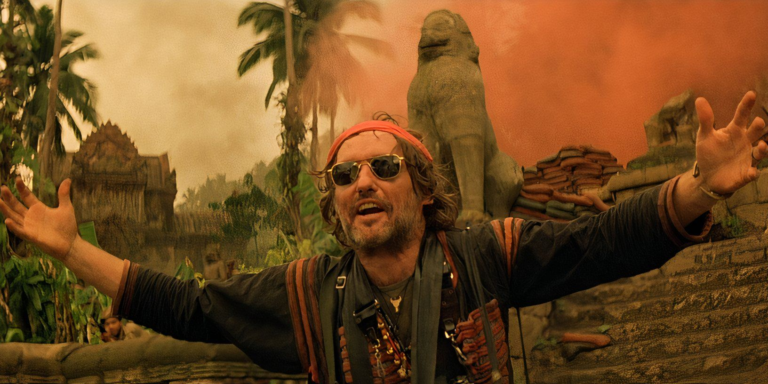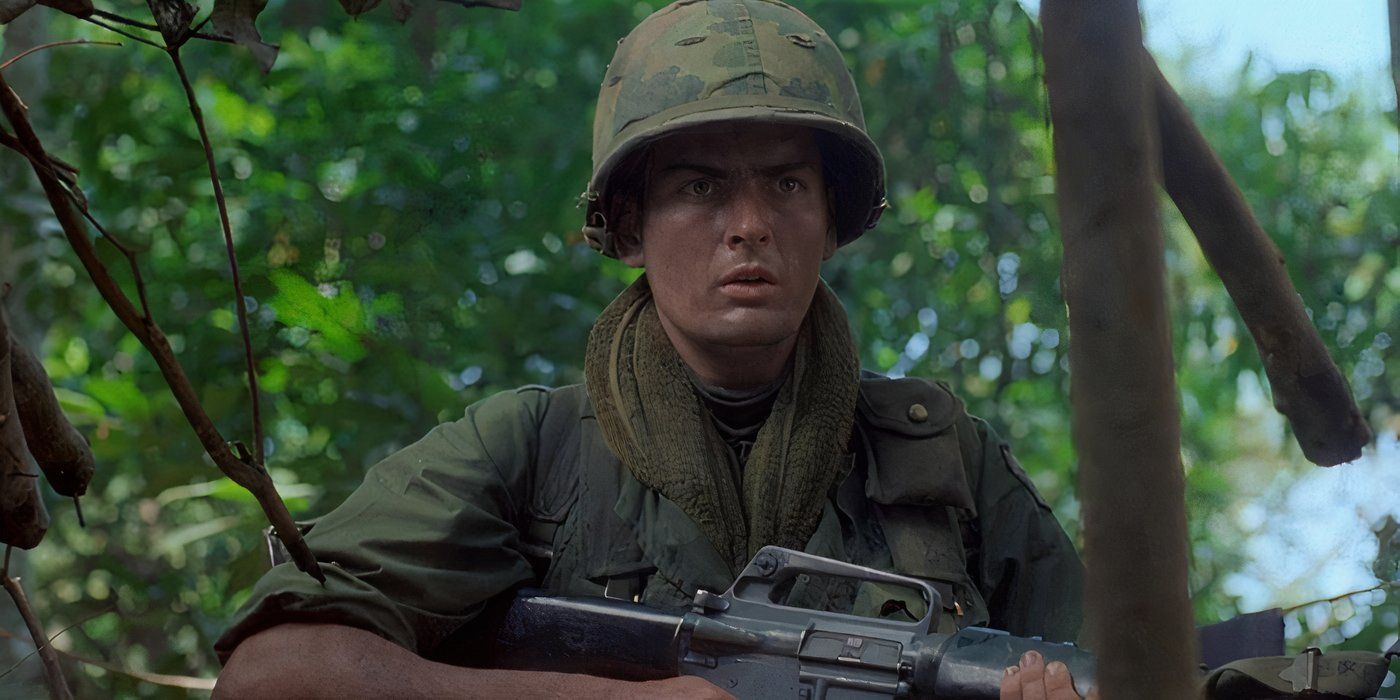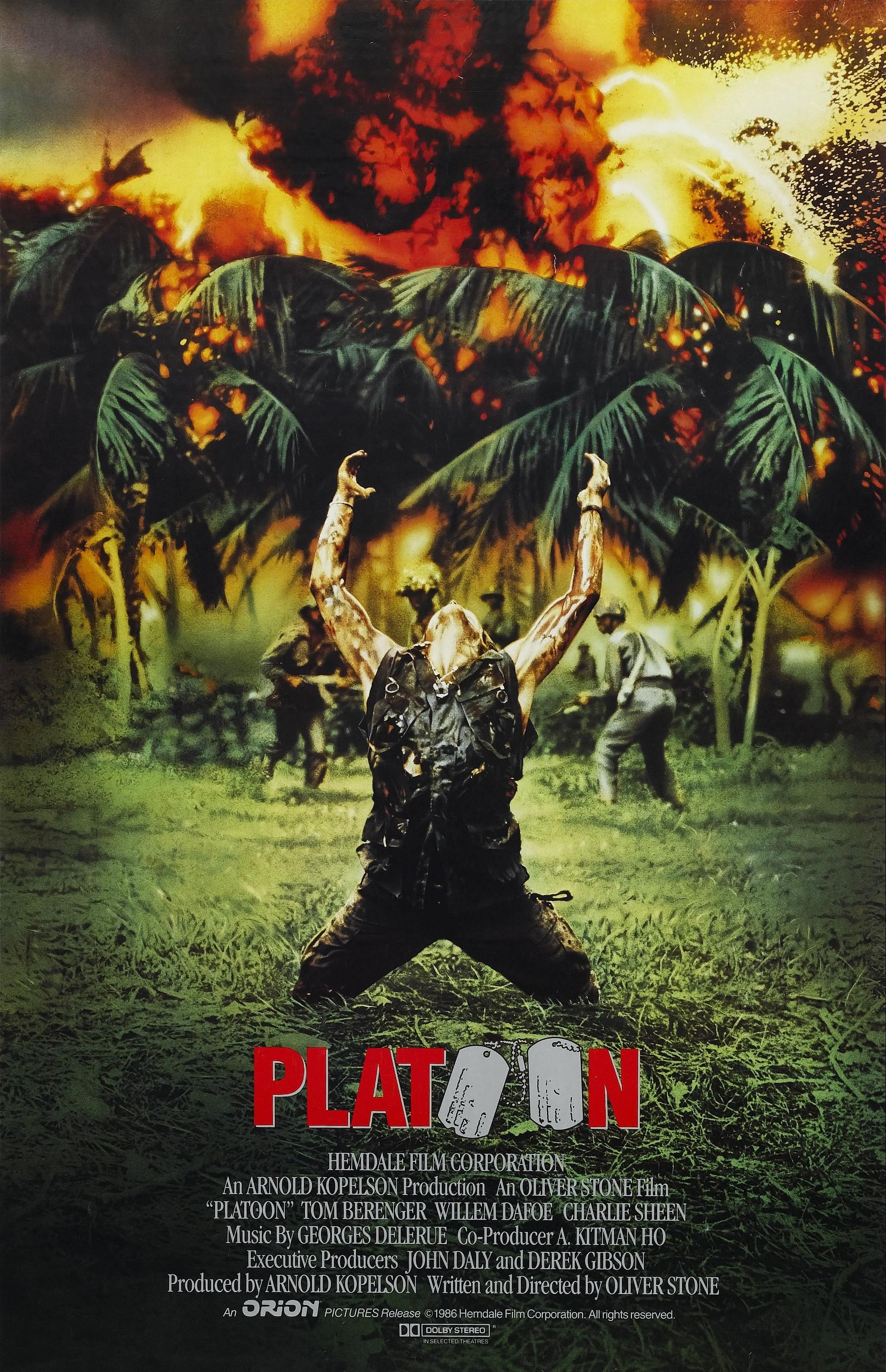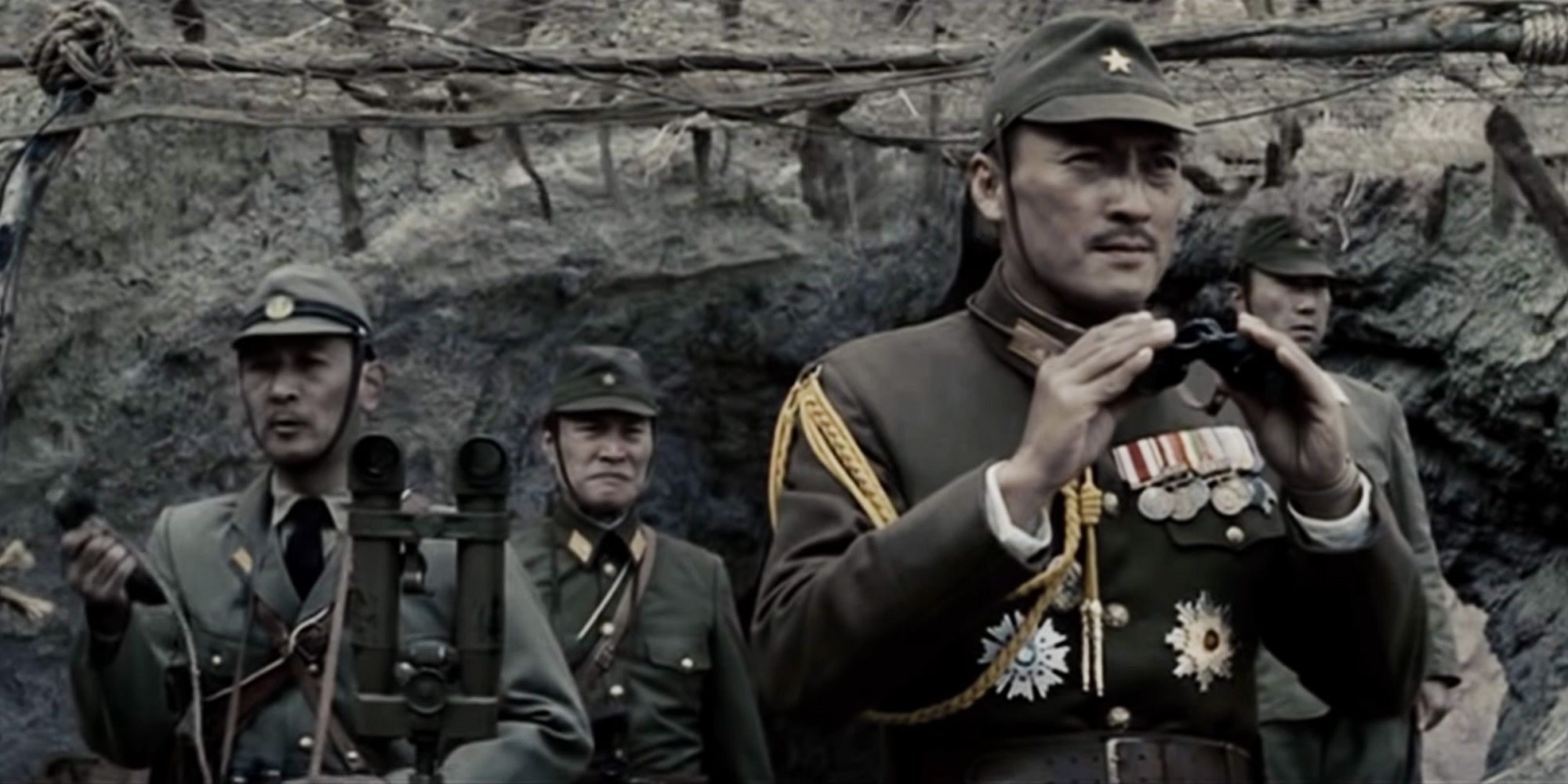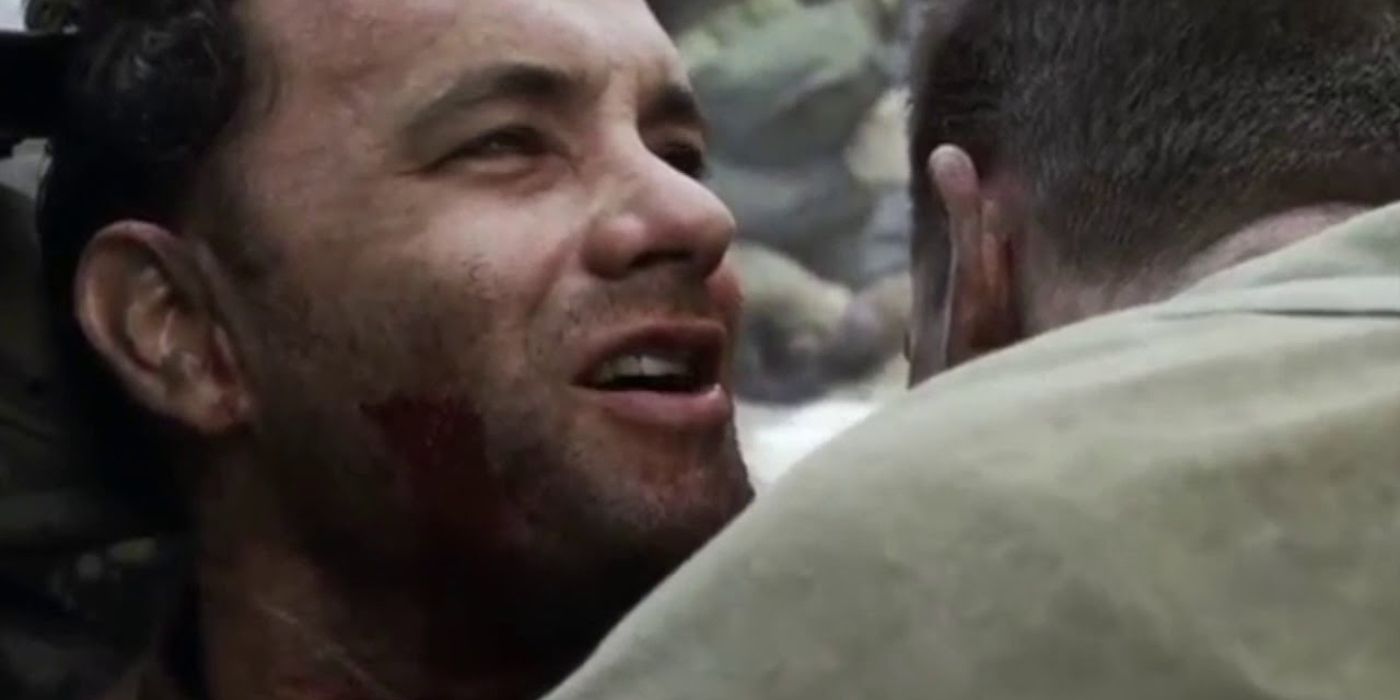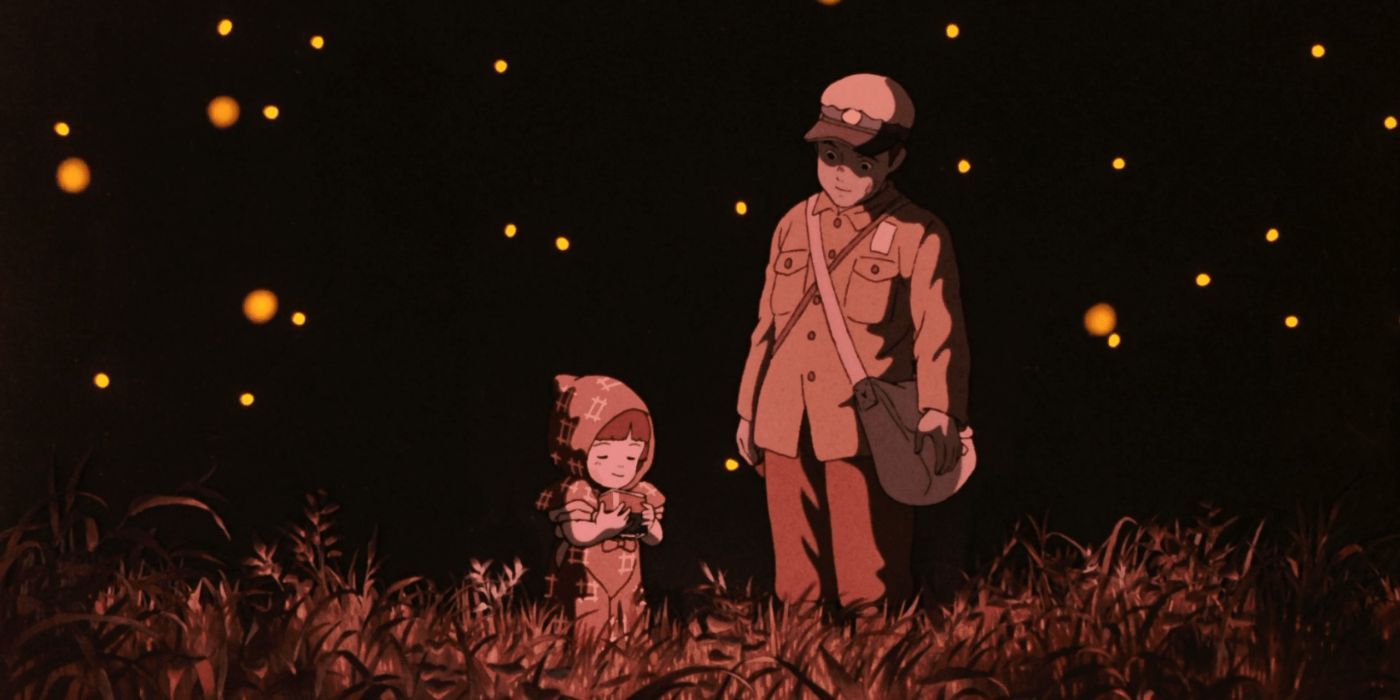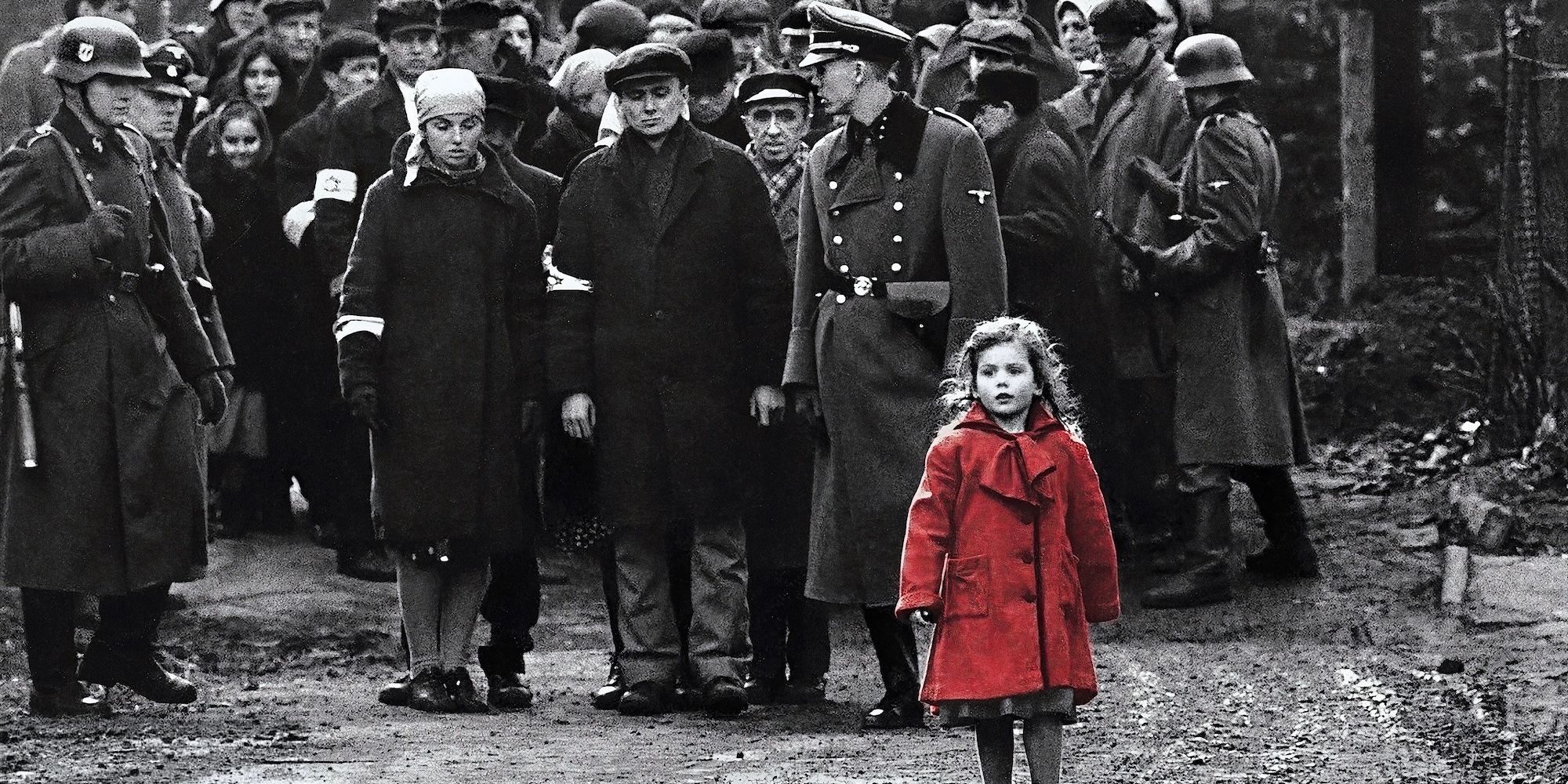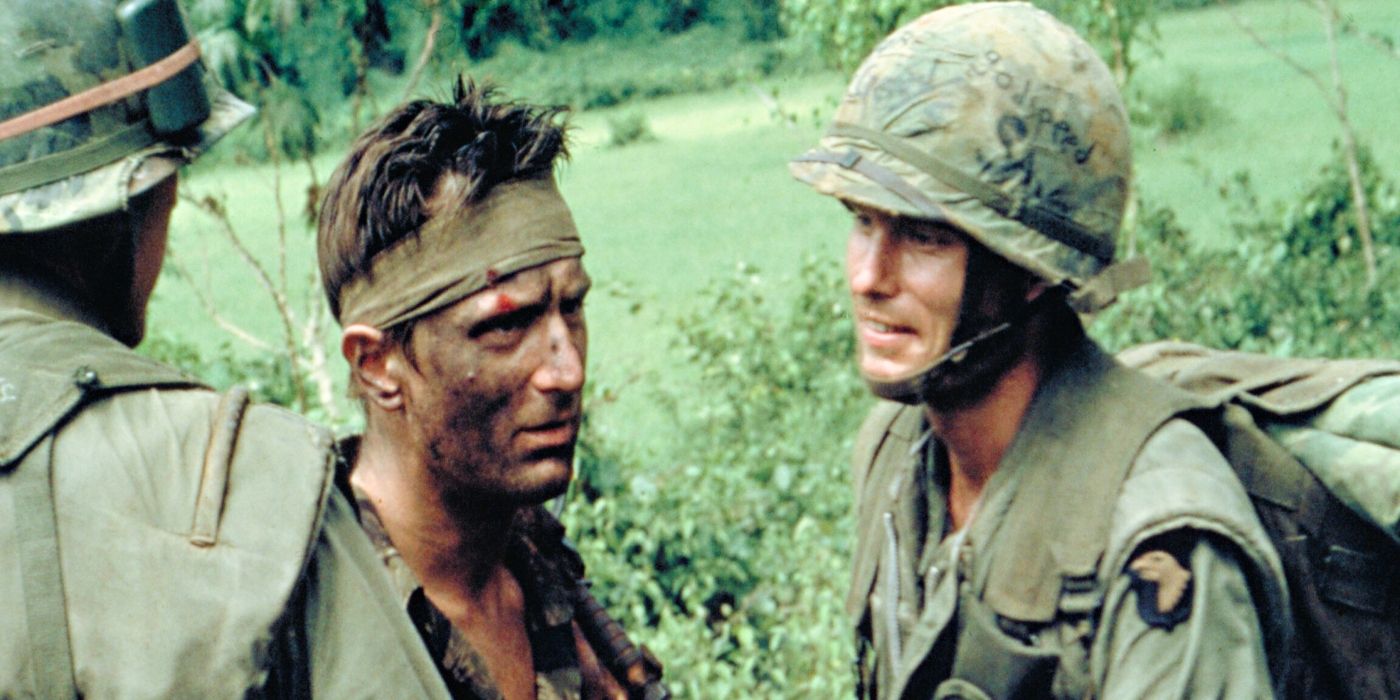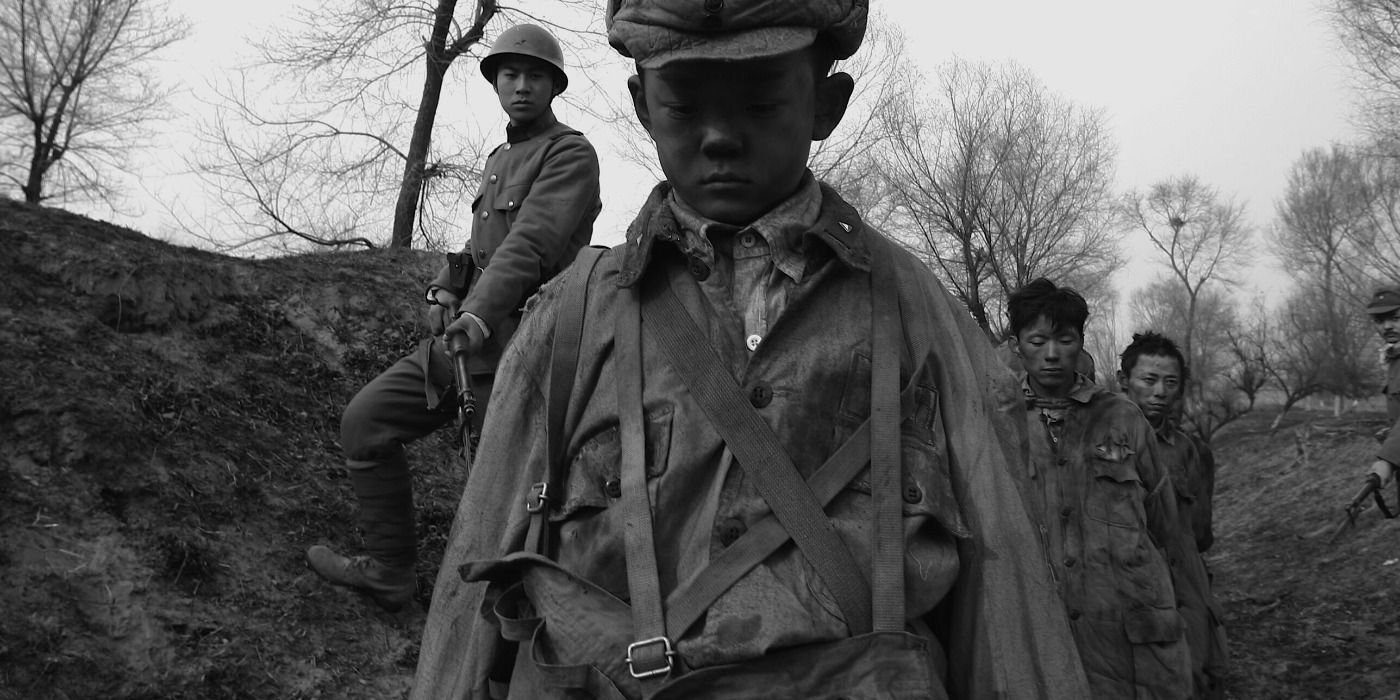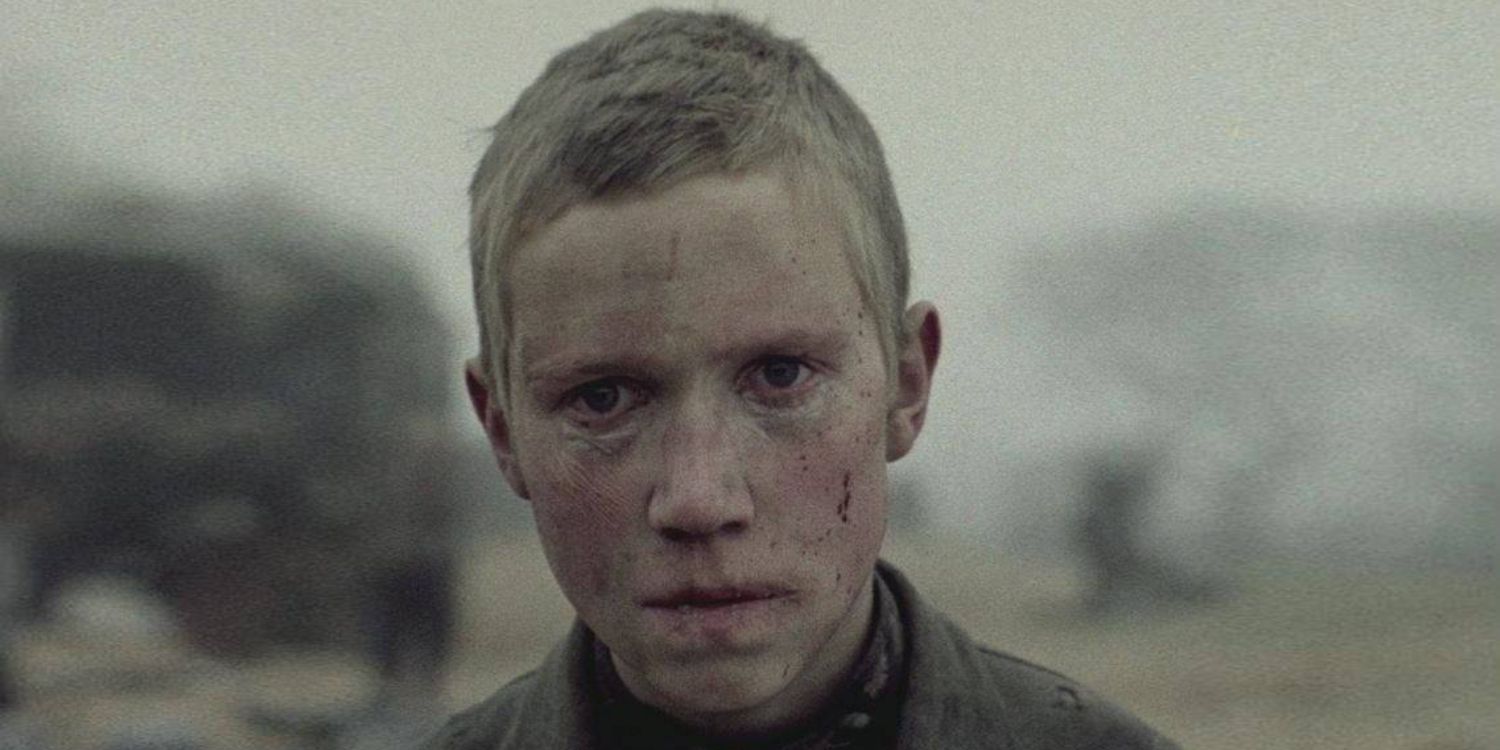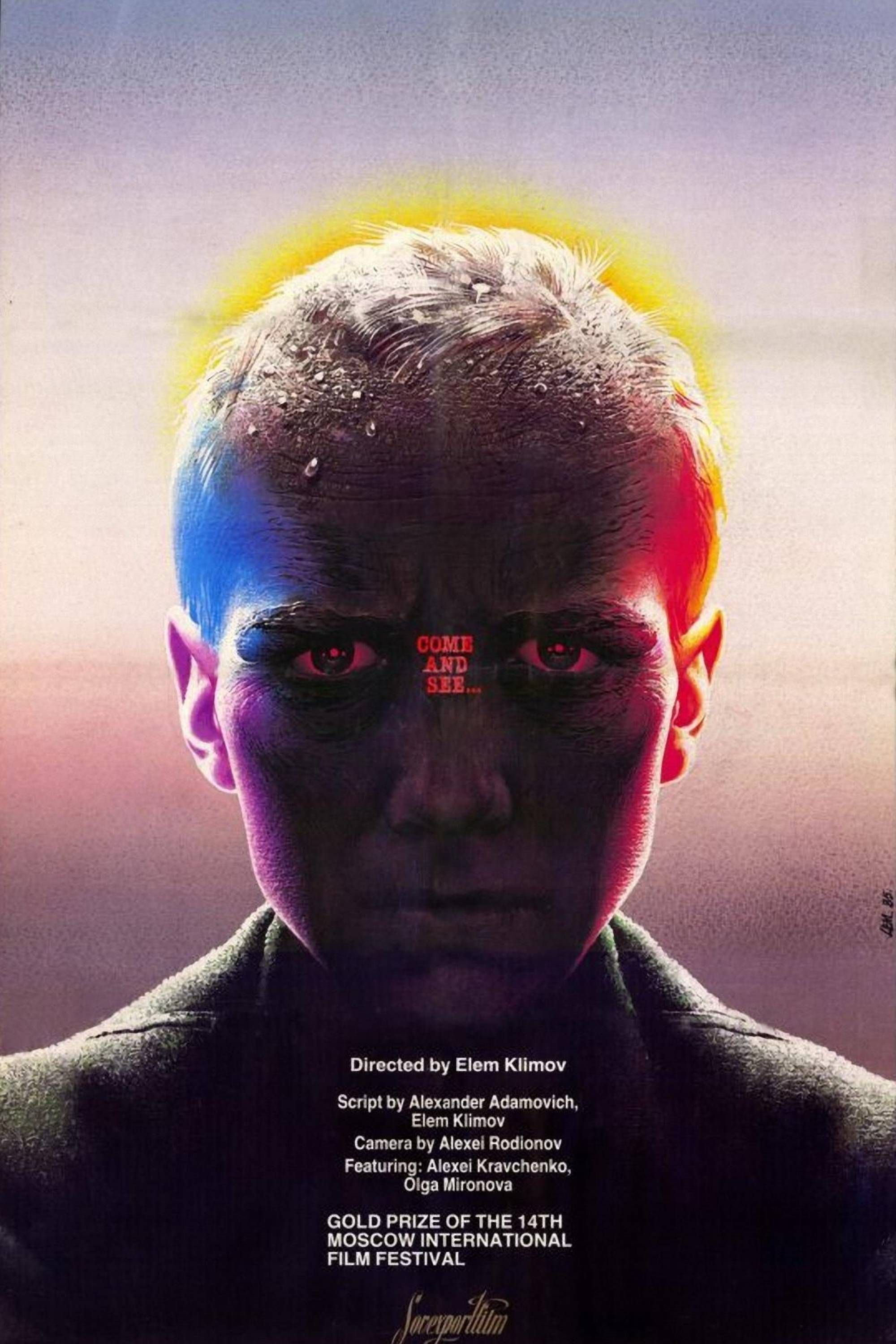War—a tragic constant of civilization that’s been a mainstay of popular cinema for just about as long as the medium has existed. From 1930’s revolutionary All Quiet on the Western Front to Disney’s cartoon war pieces that rallied Americans against Germany, Hollywood’s older times were just as (if not more) engaged in the genre than the industry is today. Whether they be films that tackled wars as they were still going on (such as The Hurt Locker and Casablanca) or got made long after the wars they engaged with had ended (such as The Thin Red Line or Flags of Our Fathers), the power of good storytelling has kept the better ones just as relevant today as they were when they were released. Stanley Kubrick‘s controversial Paths of Glory was banned in France for depicting its WWI generals in a heavily critical light as the rest of the world praised it, and the movie is still considered an anti-war classic to this day.
There are many different ways to approach the subject of war. For instance, Kubrick’s later Vietnam film Full Metal Jacket is completely distinct from Paths of Glory: it’s in color while Paths of Glory was in black and white, it tells a non-linear narrative throughout its second half, and the first half focuses strictly on the training aspect of the military experience. There are movies that focus on soldiers in combat as realistically as possible (such as Alex Garland‘s Warfare), ones that focus exclusively on being prisoners of war (such as Werner Herzog‘s Rescue Dawn), ones that show soldiers during combat and while at home (Clint Eastwood‘s American Sniper), movies that depict wartime during the civilians’ perspective (The Pianist), and so many more perspectives and structures that we can’t name them all here. War movies made within the last fifty years have been particularly varied, but the greatest ones from the past half-century nevertheless have one thing in common: they’re all to capture the essence of the phrase, “War is hell.”
10
‘Platoon’ (1986)
Directed by Oliver Stone
One of the best films about being in a military, Platoon was based on writer-director Oliver Stone‘s own experiences as a solider in the Vietnam War. Charlie Sheen plays Private Chris Taylor, who notably dropped out of college to join the American war effort. He’s going to regret that decision soon enough, and there will be many reasons why. Stone provides enough detail to help audiences understand that soldiers had to deal with everything from ants to the struggle to stay awake during frighteningly important night-watches.
This movie set itself apart from the other Vietnam War films of the time by foregoing an epic narrative or more sweeping take on the war for a more grounded, Everyman approach. This is about normal soldiers who had to shoot at people they couldn’t even see through the dense jungle, but it’s also about depicting a few of the horrible things that American soldiers did to Vietnamese civilians at the time. At nearly forty years old, it’s still worth watching.
9
‘Letters from Iwo Jima’ (2006)
Directed by Clint Eastwood
Clint Eastwood’s only movie spoken largely in Japanese, Letters from Iwo Jima is the critically acclaimed and superior sibling to his other film about the Battle of Iwo Jima. While Flags of Our Fathers showed the marketing campaign of the Second World War from the American point of view with the occasional battle scenes, this film is all about the battle and does so from the other army’s point of view. Simply put, the Japanese will be so outnumbered that there’s no way they’ll win.
What makes this all the more harrowing is that Japanese soldiers are supposed to kill themselves before being taken prisoner. The numbers available depict that tragic reality: about twenty-thousand Japanese soldiers fought in this conflict, and only about 216 of them were taken prisoner, while the rest did not survive. Ken Watanabe is excellent as the Japanese general who uses unconventional methods to stymied the Americans’ progress, and Kazunari Ninomiya is just as compelling as a private who struggles with the notion of suicide over survival.
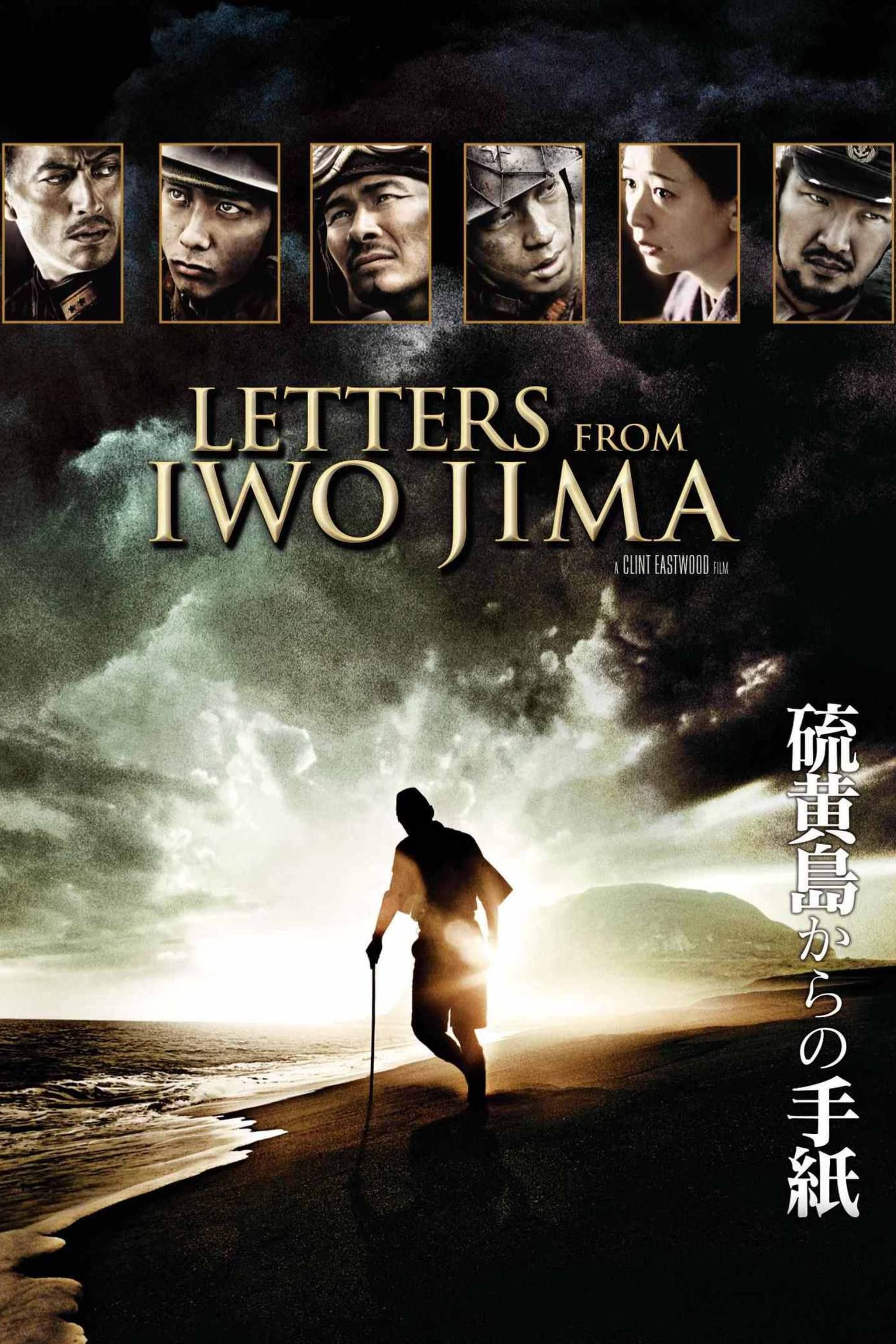
- Release Date
-
February 2, 2007
- Runtime
-
141 Minutes
-

-

Kazunari Ninomiya
General Tadamichi Kuribayashi
8
‘Saving Private Ryan’ (1998)
Directed by Steven Spielberg
Steven Spielberg changed the way that the Second World War was depicted with his hyper-realistic (and therefore horrifying) depiction of D-Day in 1998’s Saving Private Ryan. The movie’s first fifteen minutes alone merit its place on this list, as filmmakers and viewers cannot ignore the intensity of that extended sequence on the beaches of Normandy. The imagery shown there does just a well a job as anything else at showing just how traumatizing war can be, especially with the 20th century’s innovation of deadly weapons.
The very premise of this movie also questions the ethics of war: a team of men risk their lives in order to save one stranger simply because his other three brothers have fallen victim to the war and the army wants their mother to at least have one son left. Although there is a little bit of that Spielberg-sentimentalism in the end, this story depicts combat with enough nuance, criticism, and terror to more than make up for its flaws.
7
‘Grave of the Fireflies’ (1988)
Directed by Isao Takahata
Studio Ghibli co-founder Isao Takahata is one of the finest directors of animation, and his celebrated Grave of the Fireflies alone is proof of that. Based on a short story about civilian life during World War II, this film begins in a way that makes it perfectly clear that it won’t be pulling any punches in its depiction of war. A young man named Seita (Tsutomu Tatsumi) dies of starvation in a train station, and we then go back to see how exactly this became his fate.
Seita and his little sister (Ayano Shiraishi) try and navigate themselves through a Japan with ration shortages so severe that surviving as a civilian is no easy task. Their story is told in retrospect, painting even the brother and sister’s happier moments in tragic brushstrokes. A few of the many images that stick in the mind are war planes flying over a beach and a grave of fireflies that illuminates the power of the story’s title. One of the best animated movies ever made, Grave of the Fireflies will always be an anti-war classic.
6
‘Schindler’s List’ (1993)
Directed by Steven Spielberg
Steven Spielberg’s Schindler’s List doesn’t fit the description of a war movie in the same way that Saving Private Ryan does, but its depiction of the Holocaust is so tied in with World War II that it certainly counts. In fact, the opening premise of the film is that Oskar Schindler (Liam Neeson) is excited to make a fortune off of the war as a weapons manufacturer. Watching him go from a greedy philanderer to a man who secretly rebels against the Nazi agenda is strikingly effective.
Much of the film also takes on the perspective of second-lieutenant Amon Goth (Ralph Fiennes) as he commits atrocity after atrocity. Screenwriter Steven Zaillian balances out Schindler’s redemptive arc with a character study of the sociopathic Goth. Despite this film’s premise of showing how Schindler saved 1200 Jews, this movie unflinchingly refuses to let us forget all the others who were murdered at this time. To this day, Schindler’s List is one of the most powerful Holocaust films of all time.
5
‘The Deer Hunter’ (1978)
Directed by Michael Cimino
Rarely does a movie so skillfully reflect both the horrors of war and its effects on soldiers after they’ve come home, but director Michael Cimino‘s The Deer Hunter is one of the most emotionally powerful war movies of all time. The wedding in the movie’s first act gets juxtaposed by the soldiers’ terrifying experience as prisoners of war, and again by the way they carry their trauma into their troubled return to civilian life.
Robert De Niro puts in one of his best performances as a veteran who winds up having a romantic relationship with his best friend’s girlfriend (Meryl Streep) as his best friend (Christopher Walken) is somehow sending tons of money back to the states. Their reunion in the climax ranks among the most moving scenes in cinema, and cements The Deer Hunter as one of the most beautifully sad epics ever made.
the
4
‘City of Life and Death’ (2009)
Directed by Lu Chuan
One of the darkest war stories in cinema, Lu Chuan‘s City of Life and Death is an absolutely brutal but necessary watch for those who want to understand what war makes people capable of. During World War II, Japan’s conflict with China led to what’s known as the Rape of Nanjing—a name that provides merely an idea of the amount of cruelty that Japan’s army inflicted upon Chinese civilians at the time.
It doesn’t just take the perspective of the Chinese, though. The audience is shown the perspectives of a young prisoner of war, a Japanese soldier who’s struggling with the ethical implications of what his fellow soldiers are doing, a Chinese man who’s only helping the Germans (and the Japanese by extension) to protect his family, and more. This is one of the most stylistically explosive entries on this list, showing how a particularly complicated mixture of perspectives can bring terrifying nuance to a war that was already more than half a century over.
3
‘Ran’ (1985)
Directed by Akira Kurosawa
Directed by an aging Akira Kurosawa, Ran is probably the most aesthetically colorful war film on this list. It features gorgeous imagery of the outdoors, often in the mountains, but that doesn’t make its depiction of war any less powerful. If anything, it helps accentuate the violence. It does take a while for war scenes to arrive, but, once they do, Kurosawa doesn’t hold back. We’re given brutal, misty shots of men getting shot to death by arrows; a man shot in the eye; a man with his arm cut off; Powerful, ominous shots of battle as women stab themselves before encroaching soldiers can get to them.
This masterpiece is affecting all the way down to its sound design: the sounds of nature when Hidetora (Tatsuya Nakadai) finds out he’s been banished, the sounds of war getting replaced with a somber score, and the sudden yet effective transition back to the sounds of war with a gun shot. Partly inspired by Shakespeare’s King Lear, this is one of the foremost examples of a master storyteller adapting another brilliant work.
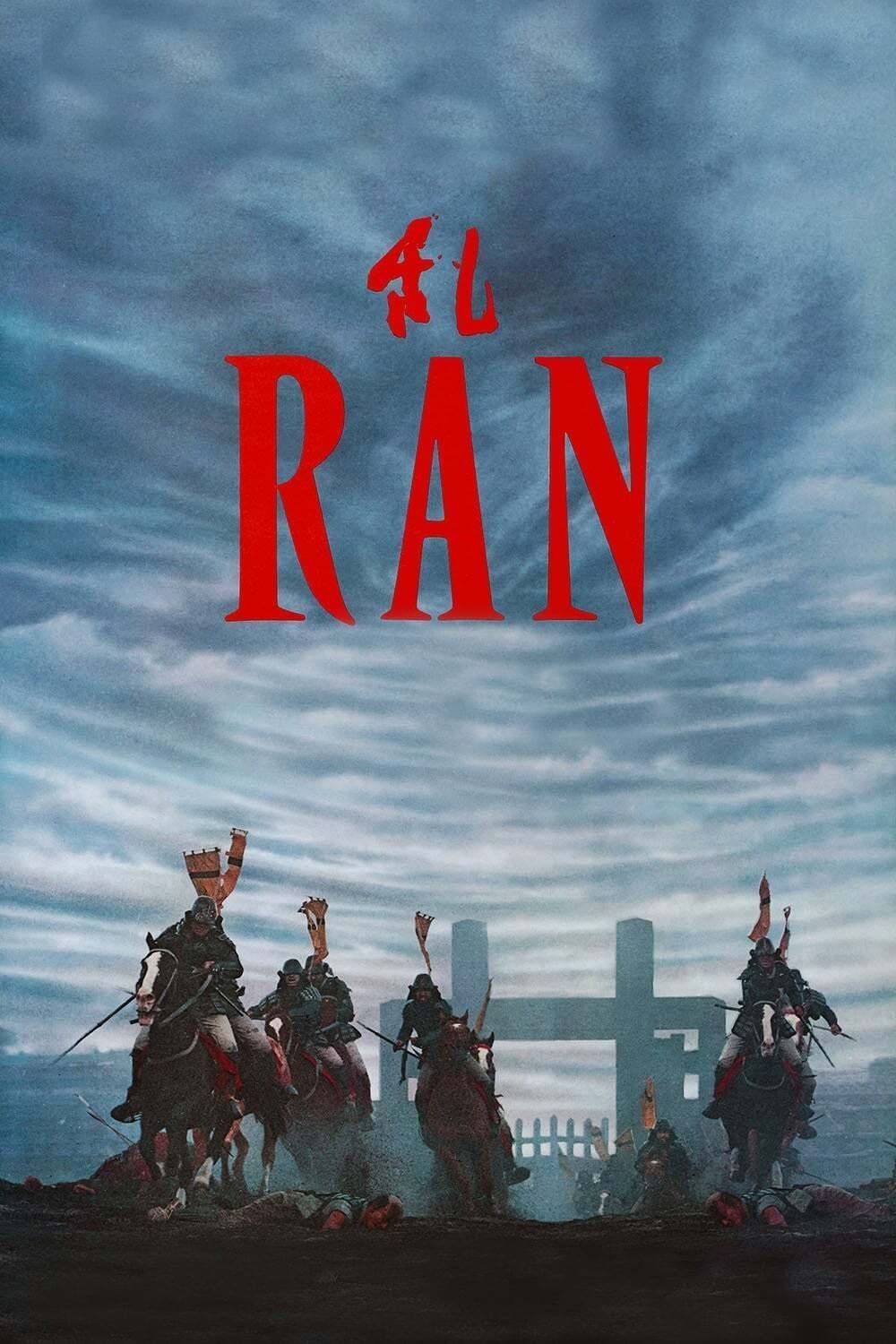
- Release Date
-
December 20, 1985
- Runtime
-
160 Minutes
-

Tatsuya Nakadai
Lord Hidetora Ichimonji
-

Akira Terao
Taro Takatora Ichimonji
2
‘Come and See’ (1985)
Directed by Elem Klimov
Approach with caution, for Soviet-director Elem Klimov‘s Come and See is more likely to leave a scar on its audience than any other film here (with the possible exception of City of Life and Death). A young teenager (played by the electrifying Aleksei Kravchenko) decides to join the partisans in 1943 Belarus, but the Germans’ attack is so overwhelming that the boy never even gets the chance to fire his weapon at the enemy. This is not a movie that can be mistaken for proselytizing the thrill of combat or romanticizing the victory of the good side over the other.
Instead, viewers are presented with a series of events that feel like one long, unceasing nightmare. The opening sequence in which the boy pulls a gun out of the sand is odd enough, but the strangely mystical and philosophical weight of the film only gets heavier as his story plows onward. The filmmaker’s poetic style doesn’t distract from the work’s hyper-realistic portrayals of extremely dark events that were based on the personal experiences of those who survived the Nazi occupation of Belarus.
1
‘Apocalypse Now’ (1979)
Directed by Francis Ford Coppola
Francis Ford Coppola had already established himself as one of the foremost directors of the 1970s with his first two Godfather films and The Conversation, but he had one more masterpiece to show before the decade was over: Apocalypse Now. This interpretation of the Vietnam War was much more avant-garde than the filmmaker’s previous works, and it pays off with an unforgettably atmospheric film that sinks lower and lower into the darkness inherent in human nature.
This psychedelic, smoky, action-packed, violent, and disturbing epic about the chaos that America brought to Vietnam shows by turns the horrors of the war, the comedic absurdities of its participants, the tragic miscommunications that can take place during such a conflict, and the American disorganization of what its soldiers ironically thought of as the more “civilized” country. There are many insights into various aspects of war, from the famous helicopter sequence showing the potential thrill from God-like displays of violence to Marlon Brando‘s Colonel Kurtz going mad with power and disillusionment. Watching it in any of its three versions is an experience, but the three-hour Final Cut is the best.

